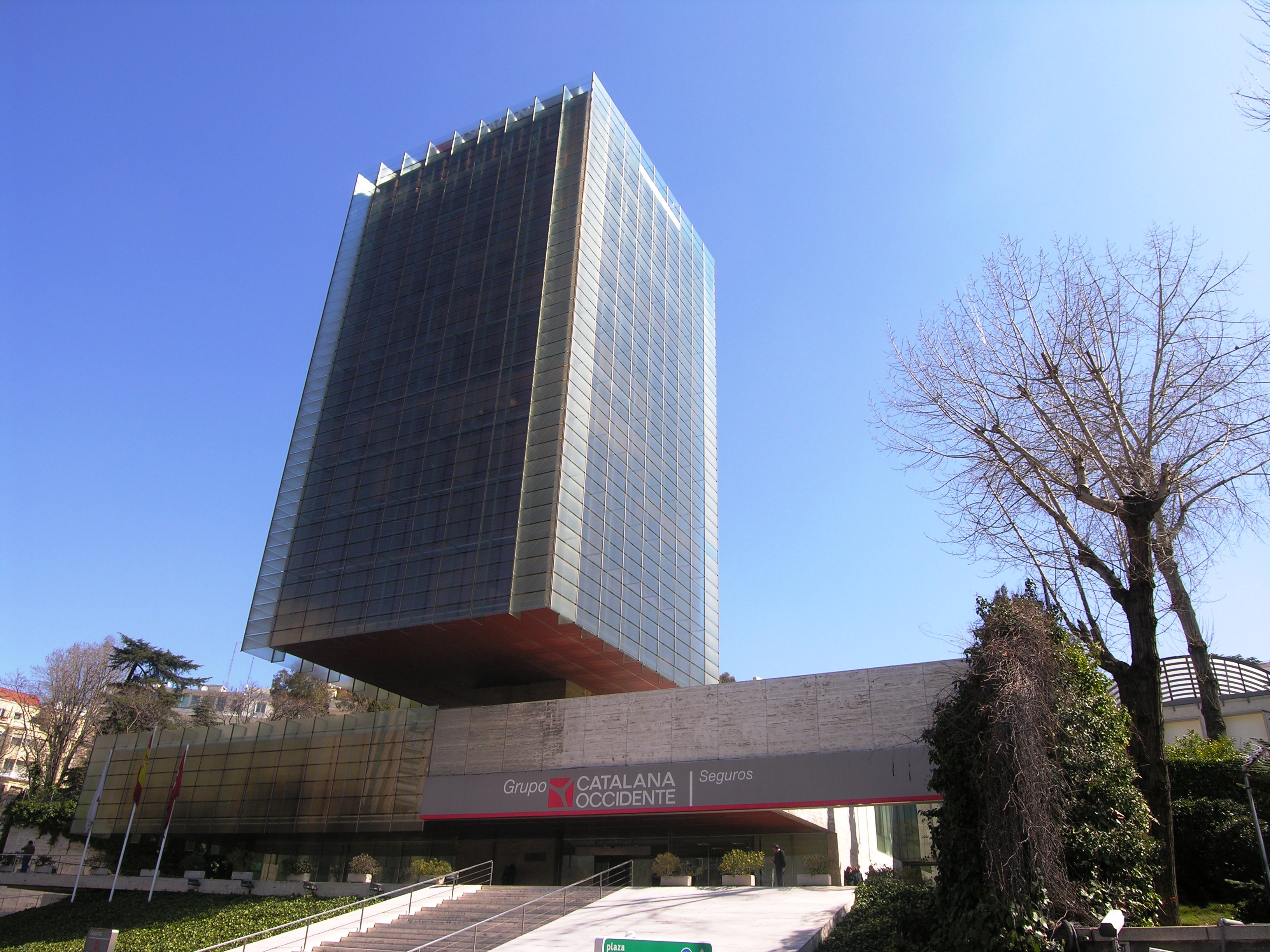Wat ik me bij deze link nou afvraag:
- Het genoemde risico van concurrentie-pesten / uitschakelen (het Internet vergeet niets, en daar kan heel de rijksoverheid of wie dan ook geheel niets aan doen) is levensgroot, ondanks de minieme en volledig transparante schaamlap van eigen beslissing die bij de betaaldiensten wordt gelegd – die zullen zich zeker (ontkenning diskwalificeert van handelingsbekwaamheid) verschuilen achter het OM. Wat gaat het OM daartegen doen?
- Zoals in het commentaar bij bovenstaande link; de ‘bewijslast’ is een aanfluiting en treft de kleinere webwinkels veel zwaarder dan de grotere die veel meer middelen hebben om hun ‘onschuld’ (juist daar: quod non!) te ‘bewijzen’ afgezien van hun marktmacht richting betaaldiensten. Drie klachten voor de grotere, drieduizend voor de kleinere wellicht ..?;
- Als het OM informatie doorgeeft waarvan volslagen duidelijk is dat doorgifte disproportioneel is (hoeveel aangiftes van véél kwalijker zaken werden/worden ook alweer geseponeerd omdat dozijnen ambtenaren gewoon geen zin hebben om hun werk te doen?), zijn zij mede aansprakelijk voor de gevolgen. Gemiste omzet, gederfde levensvreugde (juist bij de kleinere webshops die door de groten aan de kant zullen worden geschoven – dát zijn pas onoirbare praktijken, maar ja die groten hebben de willoze lendepop het OM in hun zak – zal een blokkering wegens de minste aantijging van ongeoorloofd gedrag, hoe onterecht later ook zal blijken, al snel tot volledige sluiting leiden, met alle faillisementskosten en afwikkeling op privévermogens van dien – het leven van de eigenaar zal nooit meer hetzelfde zijn. De aanzet die eerst blokkeren, dan uitzoeken inhoudt, is een regelrechte omkering van de bewijslast, en treft zéér onevenredig veel onschuldigen (valselijk beschuldigd, onevenredige en onherstelbare schade) terwijl de schuldigen gewoon verder zullen shoppen; die hebben de plan-B betaaldiensten allang opgelijnd.
- Het OM legt dit betreffend onderdeel van haar taak naast zich neer, derhalve dient het evenredig te worden gekort op het budget. Ad infinitsimum. Het OM laat zich willens en wetens als ‘conduit’ misbruiken door de grotere webshops, en verspeelt daarmee haar gezag en rechtsgrond van optreden. Sluiten die tent dus ..?
Het is duidelijk: Als dit wordt doorgezet, failleert het OM zichzelf. Toch ..?
 [Van bastion tot ruïne; Cardona]
[Van bastion tot ruïne; Cardona]














